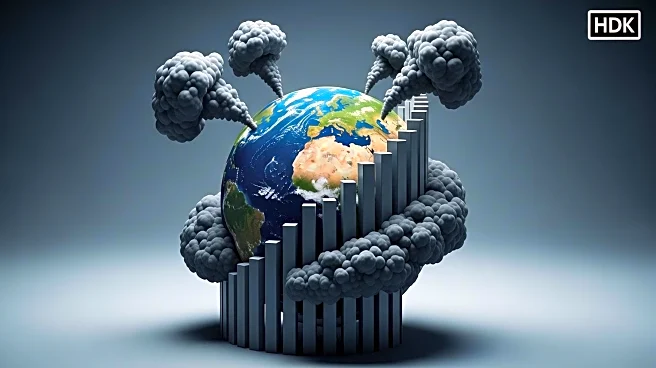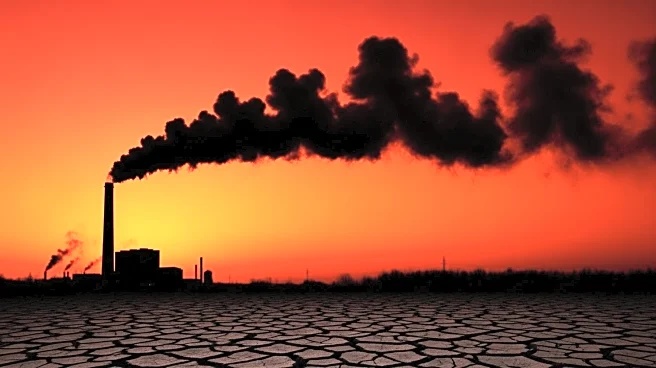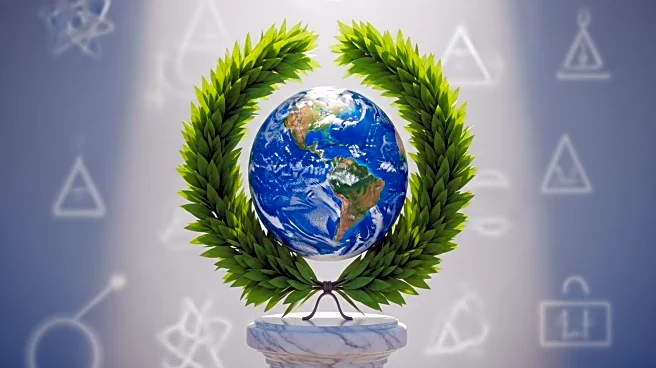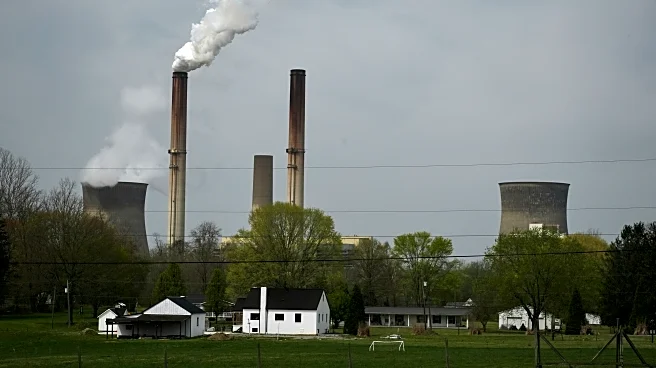What is the story about?
What's Happening?
Early climate models, developed in the 1960s, have proven to be remarkably accurate in predicting global warming patterns. These models, primarily developed by Syukuro Manabe at the Geophysical Fluid Dynamics Laboratory, forecasted several key phenomena that are now observable. Manabe's work included predictions of global warming due to increased carbon dioxide levels, stratospheric cooling, Arctic amplification, land-ocean contrast, and delayed Southern Ocean warming. Despite initial skepticism about the complexity and uncertainty of these models, their predictions have been validated by decades of observations. Manabe's models were based on fundamental atmospheric and oceanic physics, and his pioneering work laid the groundwork for modern climate modeling, earning him the Nobel Prize in Physics in 2021.
Why It's Important?
The accuracy of early climate models underscores the reliability of scientific predictions regarding climate change. These models have provided a foundation for understanding the impacts of greenhouse gases and have informed policy decisions and climate action strategies. The validation of these models strengthens the case for urgent measures to mitigate climate change, as they highlight the predictable nature of global warming and its effects. Stakeholders, including governments and environmental organizations, can use this information to advocate for policies that address carbon emissions and promote sustainable practices. The models also emphasize the importance of continued investment in climate science to refine predictions and guide future actions.
What's Next?
As climate models continue to evolve, they will play a crucial role in predicting regional climate changes and informing adaptation strategies. Researchers are likely to focus on improving the precision of these models to better understand localized impacts and develop targeted solutions. Policymakers may use these insights to implement more effective climate policies and allocate resources for climate resilience initiatives. The ongoing validation of climate models may also lead to increased public awareness and support for climate action, potentially influencing political agendas and international agreements aimed at reducing global carbon emissions.
Beyond the Headlines
The success of early climate models highlights the importance of scientific research and innovation in addressing global challenges. It also raises ethical considerations regarding the responsibility of governments and industries to act on scientific evidence and protect vulnerable populations from the impacts of climate change. The models' predictions of Arctic amplification and stratospheric cooling have implications for ecosystems and biodiversity, prompting discussions on conservation efforts and the protection of natural habitats. Additionally, the models' insights into land-ocean contrast may influence agricultural practices and water resource management, as land areas experience amplified warming effects.
AI Generated Content
Do you find this article useful?














